New Orleans’ charm draws in millions of visitors, but to get a true sense of Louisiana’s soul you need to head out to the country. In Louisiana’s Plantation Country, it’s easy to see how sugar influenced Louisiana’s past. Driving down the Great River Road, between Baton Rouge and New Orleans, fields of bright green stand in contrast with the muddy Mississippi River and extend out for miles in every direction. The bayou’s hot, sticky climate is the perfect place to plant sugarcane, with acre upon acre often reaching eight feet tall. Also along the Great River Road you’ll find grand plantation homes, and it’s here where you’ll get a true sense of Louisiana’s history.
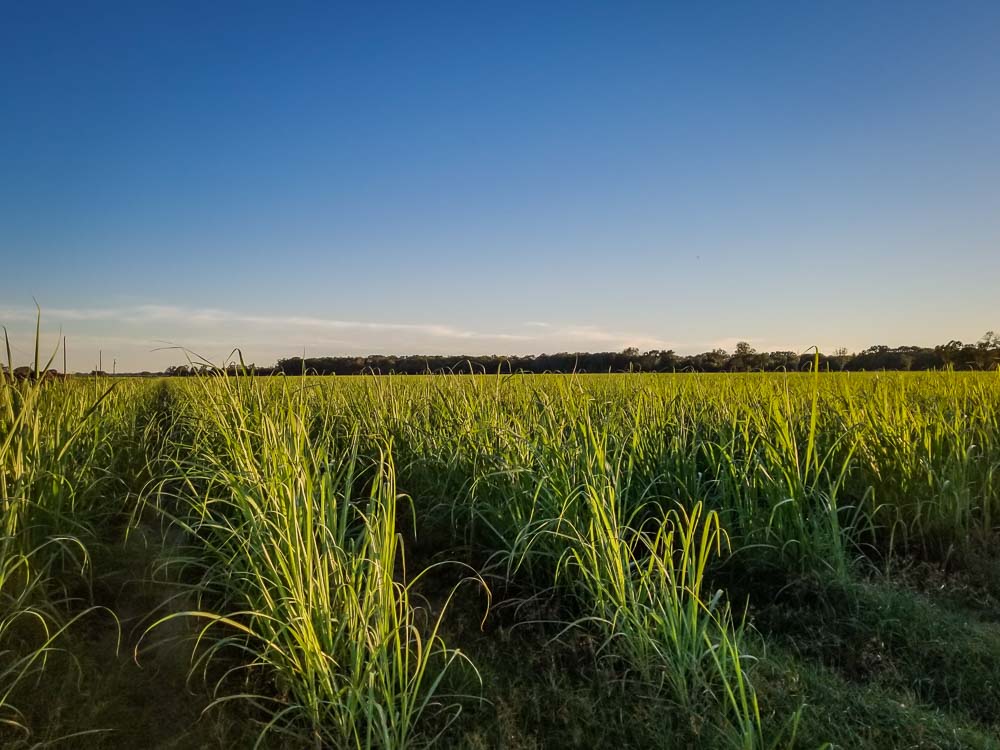
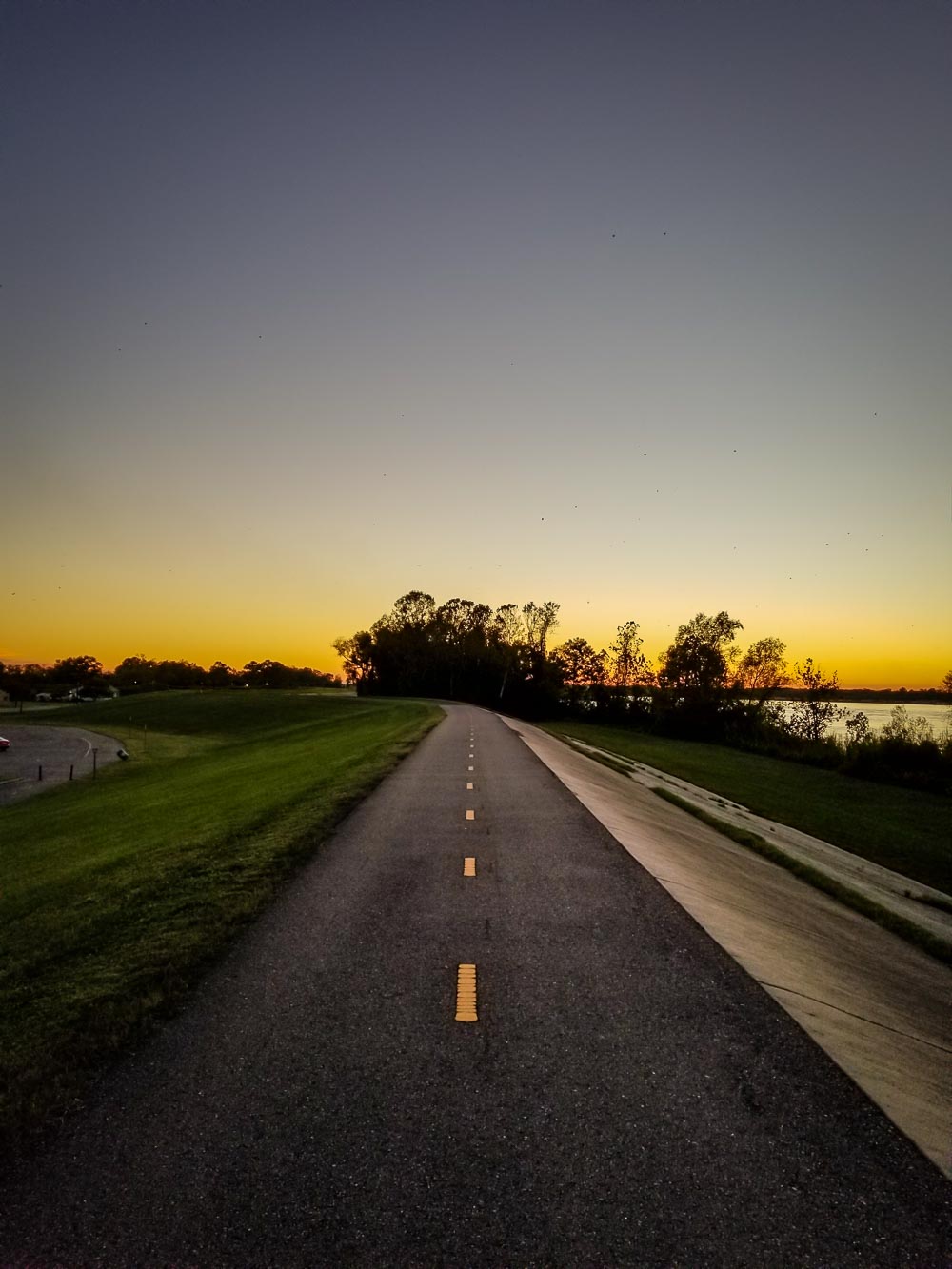
This post was produced in partnership with Louisiana Travel and Travel Mindset.
I focused my time along the Mississippi at Oak Alley Plantation in the town of Vacherie. It’s located about an hour’s drive from both Baton Rouge and New Orleans, and other historic plantations in the area include St. Joseph’s Plantation, Laura Plantation and the recently renovated San Francisco Plantation. This grand antebellum home dates back to the 1830s and has become one of the most photographed sights in all of Louisiana. Oak Alley’s gorgeous Greek Revival mansion and 800-foot long alleyway of live oaks draws in thousands of day trippers and riverboat cruisers. The stately grounds of the plantation provide one of the most Instagram-worthy backdrops in the south, but on the docent-led tour I found that this southern belle also has a dark side.
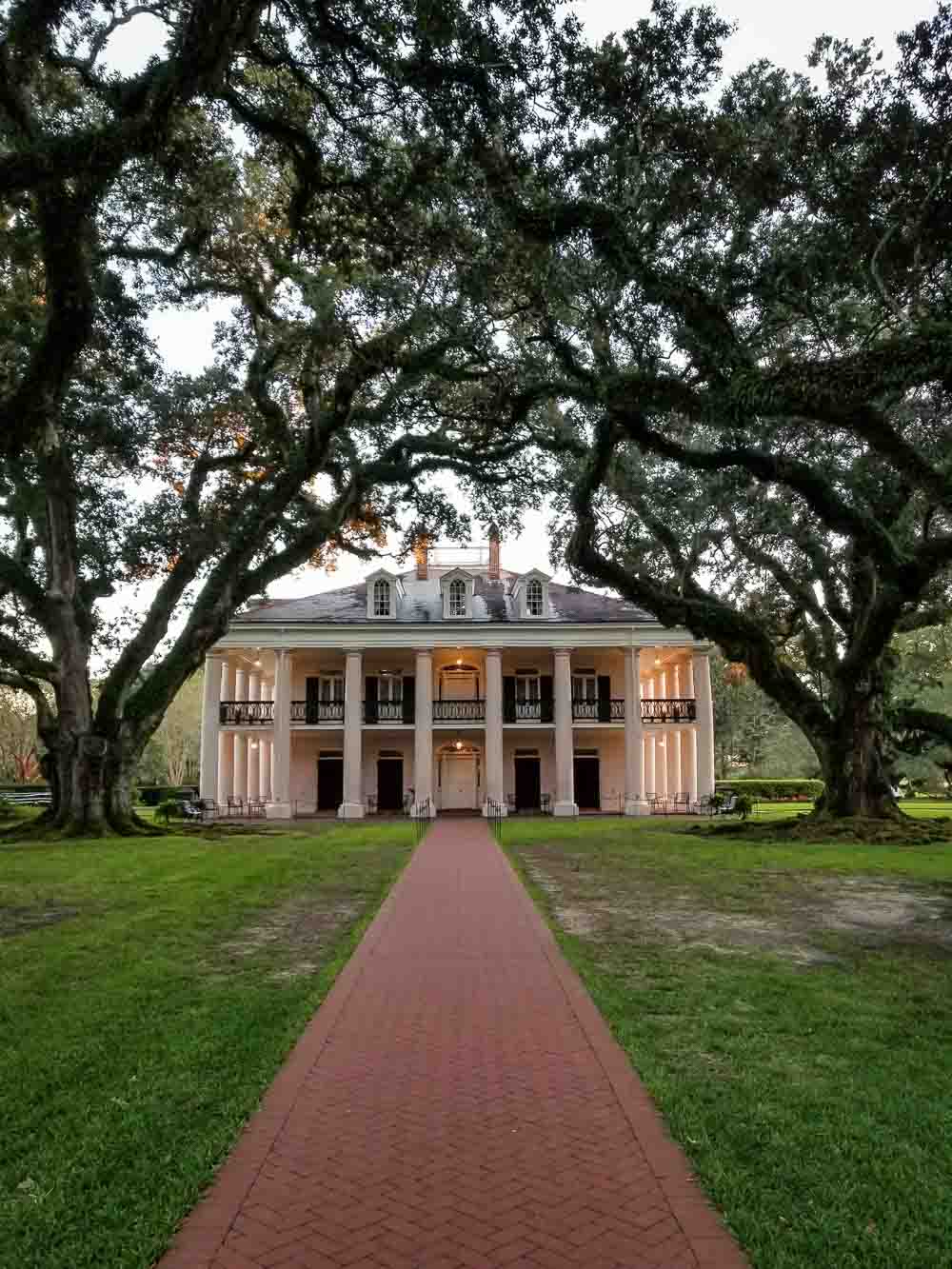
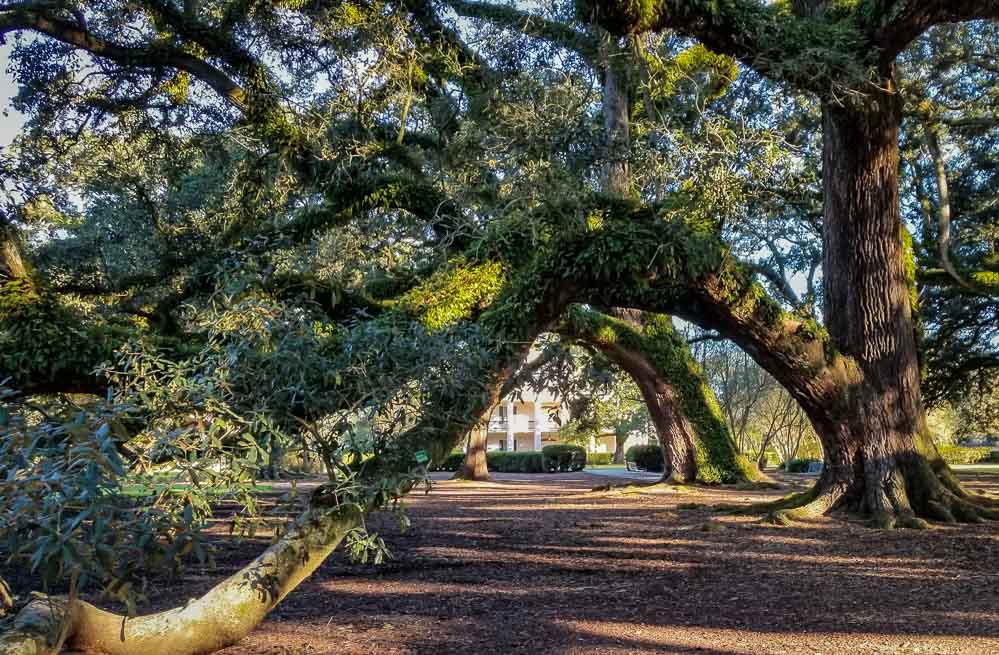
The tour touches on the lives of sugarcane baron Jacques Roman and his family, but his mansion and fortunes weren’t built on sugarcane alone. While Jacques Roman designed Oak Alley and oversaw the operations of the sugarcane plantation, it was enslaved African Americans that built the home brick by brick and toiled in the sugarcane fields under the merciless Louisiana sun. I thought the docents at Oak Alley did an excellent job focusing on the realities of life of those that were enslaved and how that stood in stark contrast to the wealthy plantation owners. The Oak Alley Foundation is committed to telling the entire story of antebellum life on this plantation.
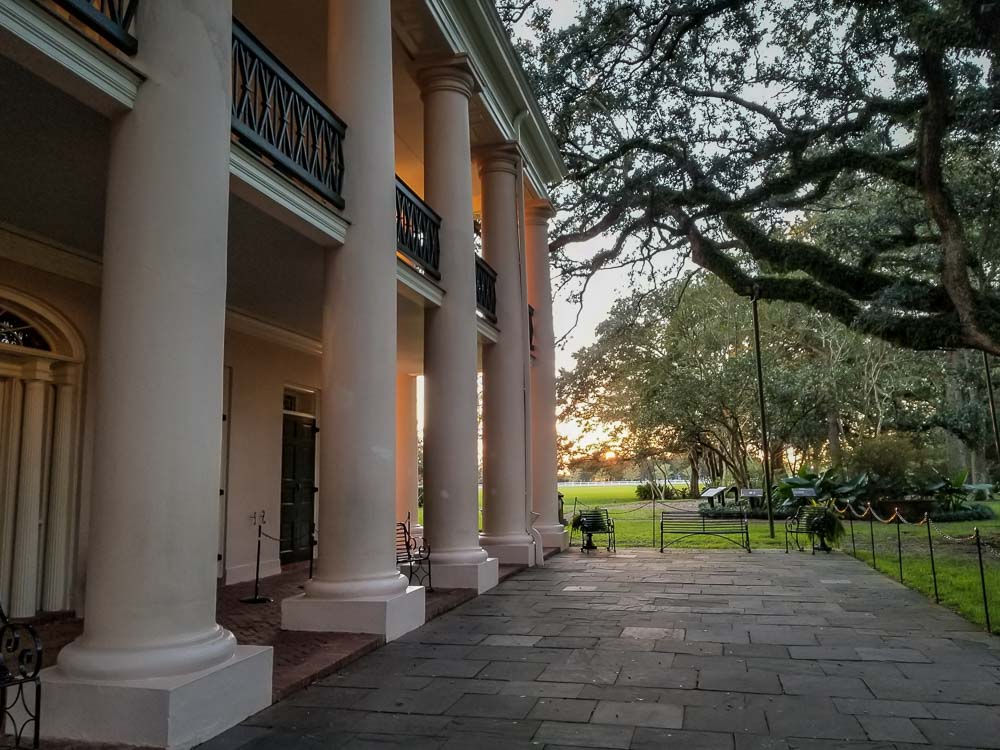
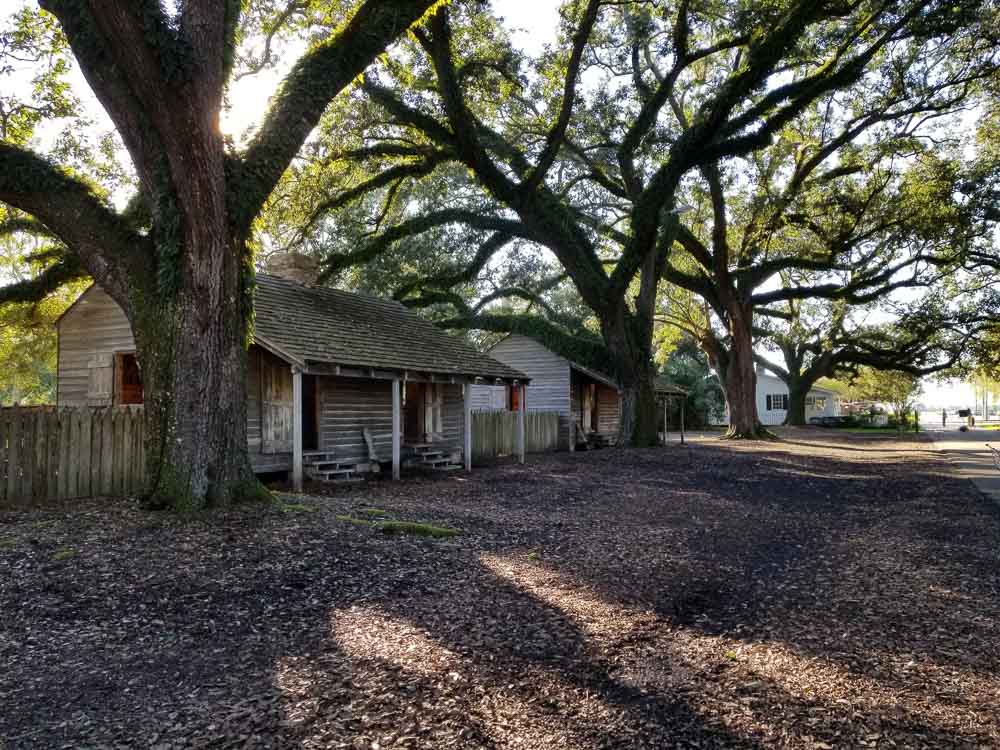
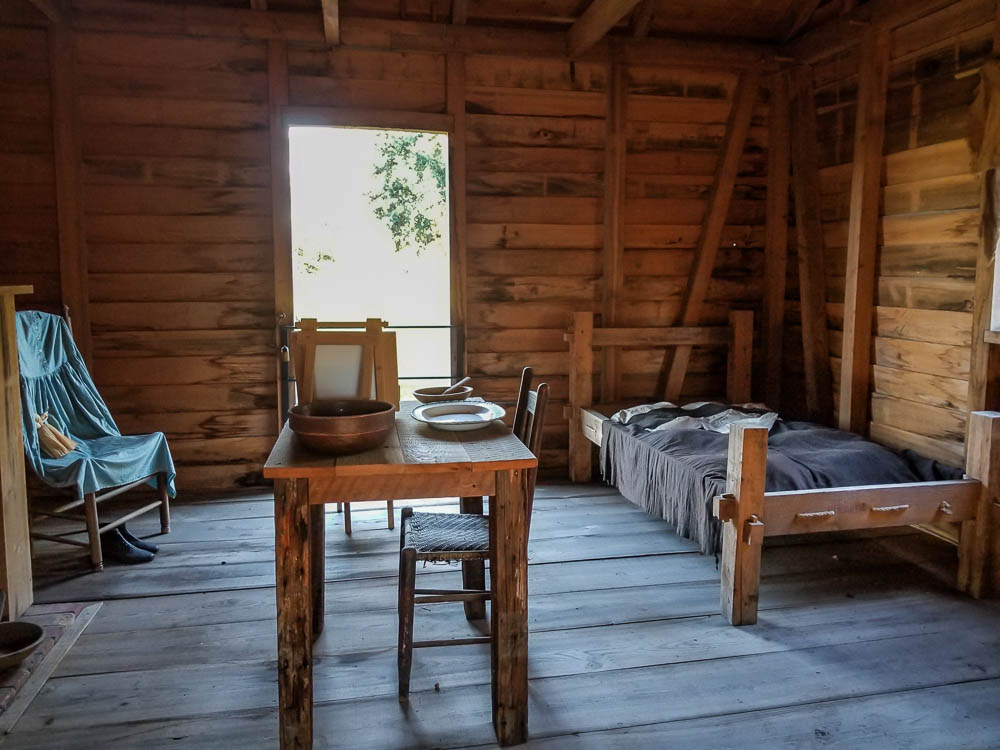
Oak Alley also has several spacious cottages you can stay in, making it an excellent base to explore Plantation Country. All overnight guests have access to the grounds of Oak Alley 24 hours a day, so I was able to enjoy the place in near solitude as well as catch a spectacular sunset over the Mississippi River. I stayed in the Doctor’s Cottage, which featured a fireplace, a well-stocked kitchen, a supremely comfortable bed and even a jacuzzi tub. It was an excellent place to unwind at the end of the day.
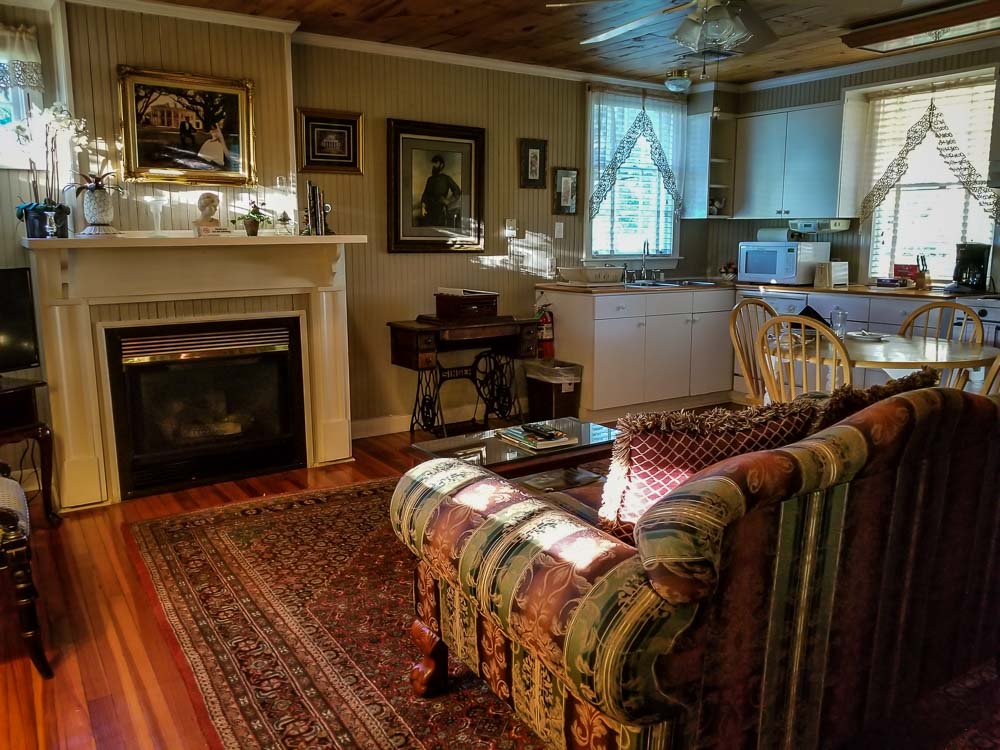
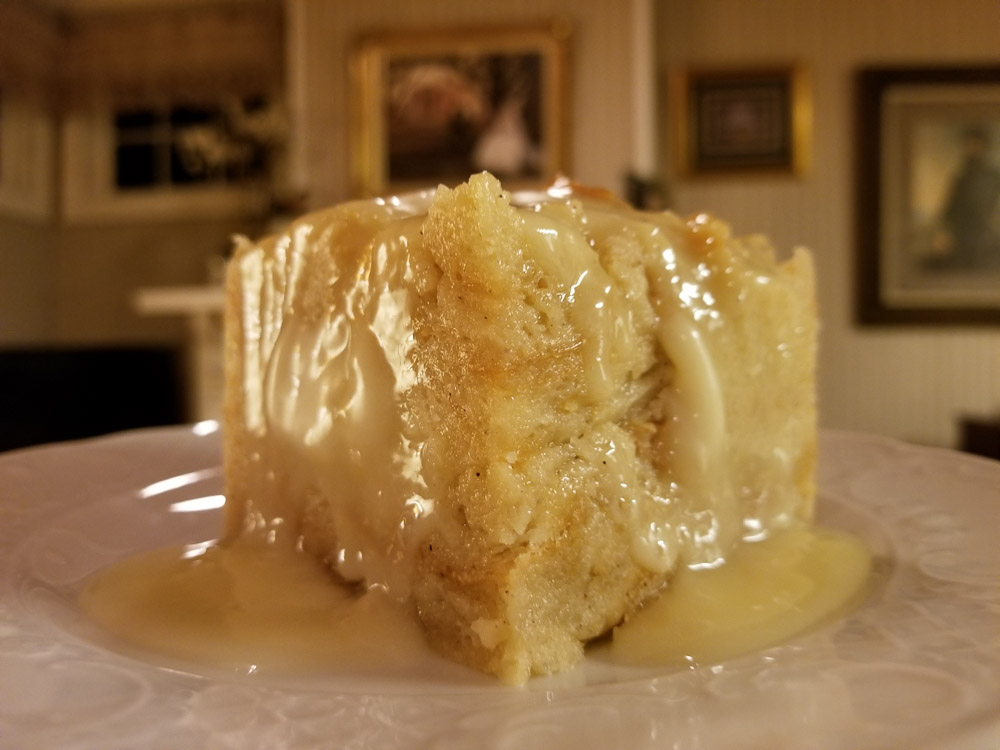
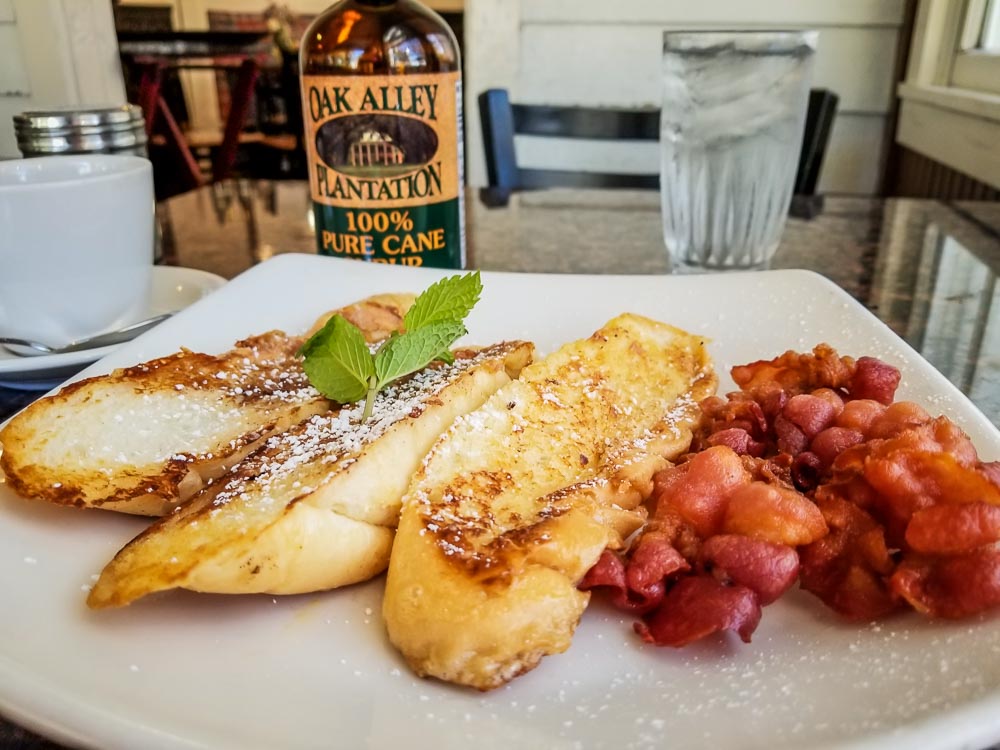
The good folks at Oak Alley even took care of dinner for me with homestyle chicken gumbo and a scrumptious made-from-scratch bread pudding (it’s like they know me!) delivered to my cottage from their onsite restaurant. Breakfasts are also included, and there was no way I was about to pass up pan perdu with (what else?) cane syrup made with Oak Alley’s very own sugar cane.
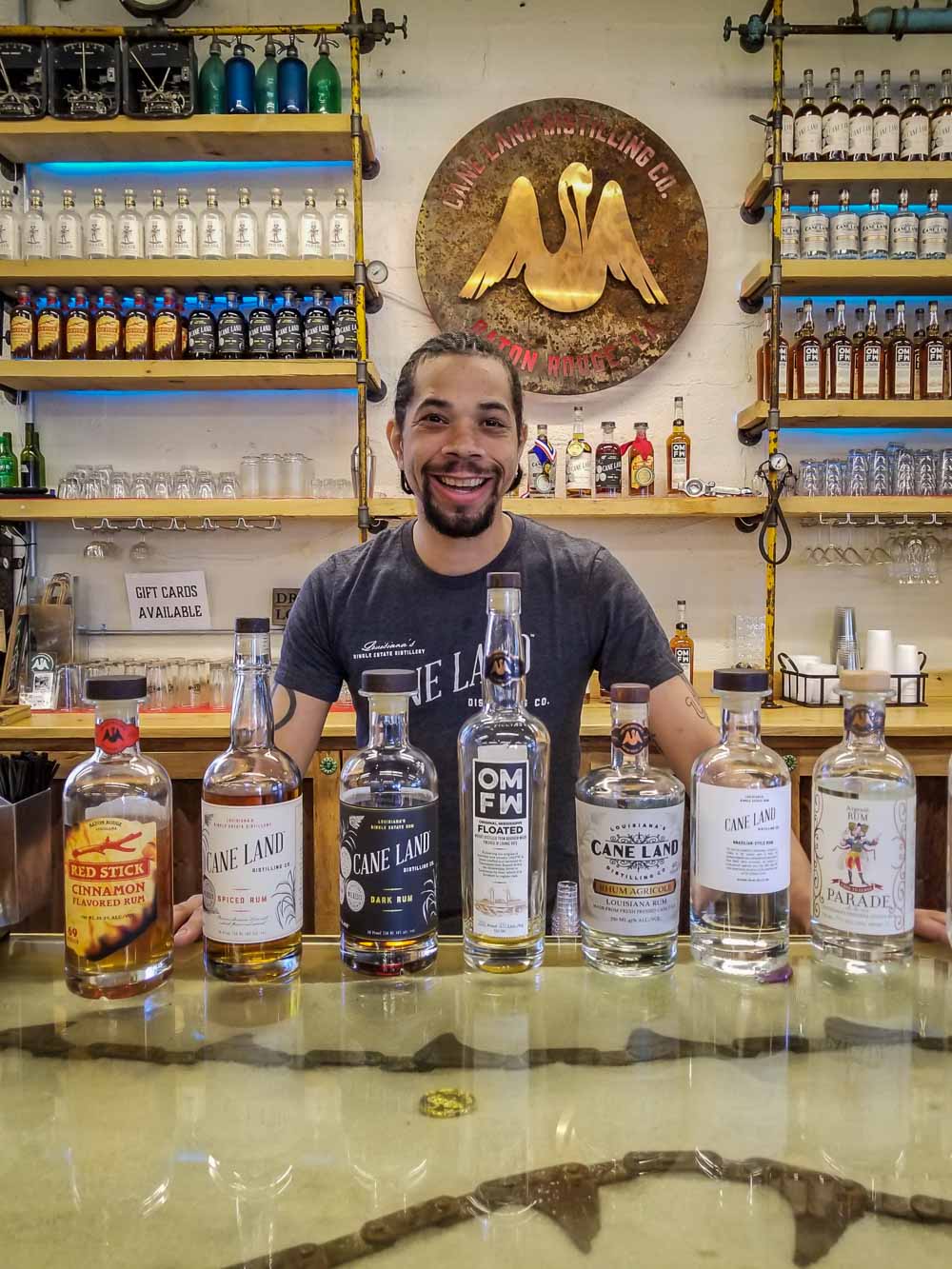
These days sugarcane continues to be a vital part of Louisiana. Back in Baton Rouge, I got to sample the tasty results at Cane Land Distilling. As Louisiana’s premier single estate distillery Cane Land is a natural extension of the Alma Plantation and Sugar Mill, which has been family run for generations in the heart of Louisiana’s River Delta.
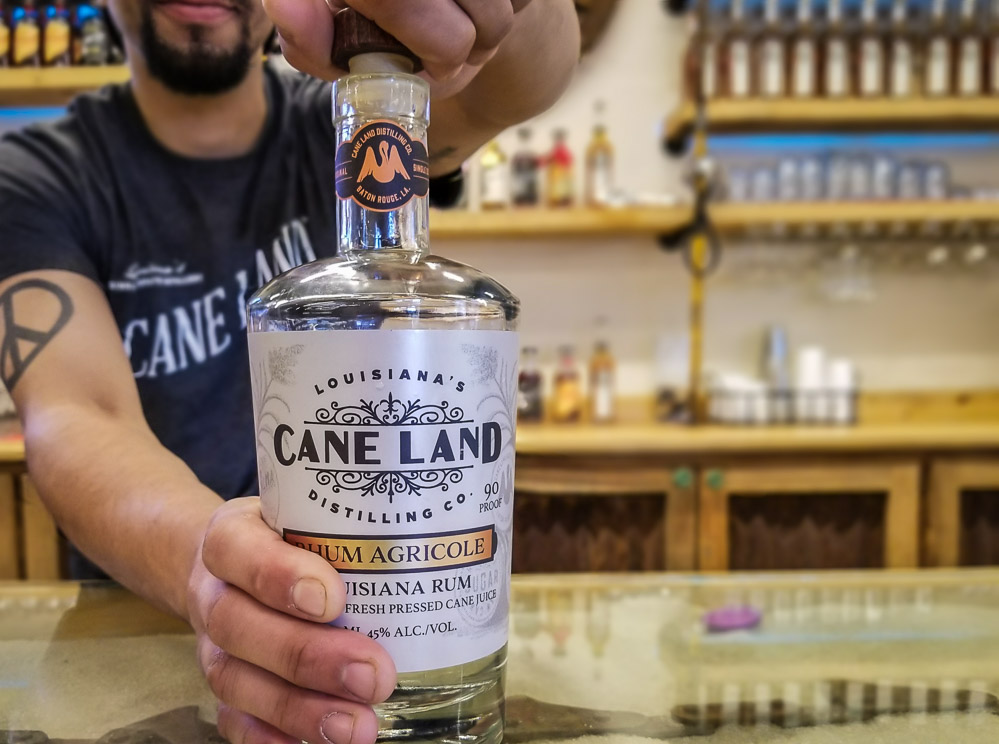
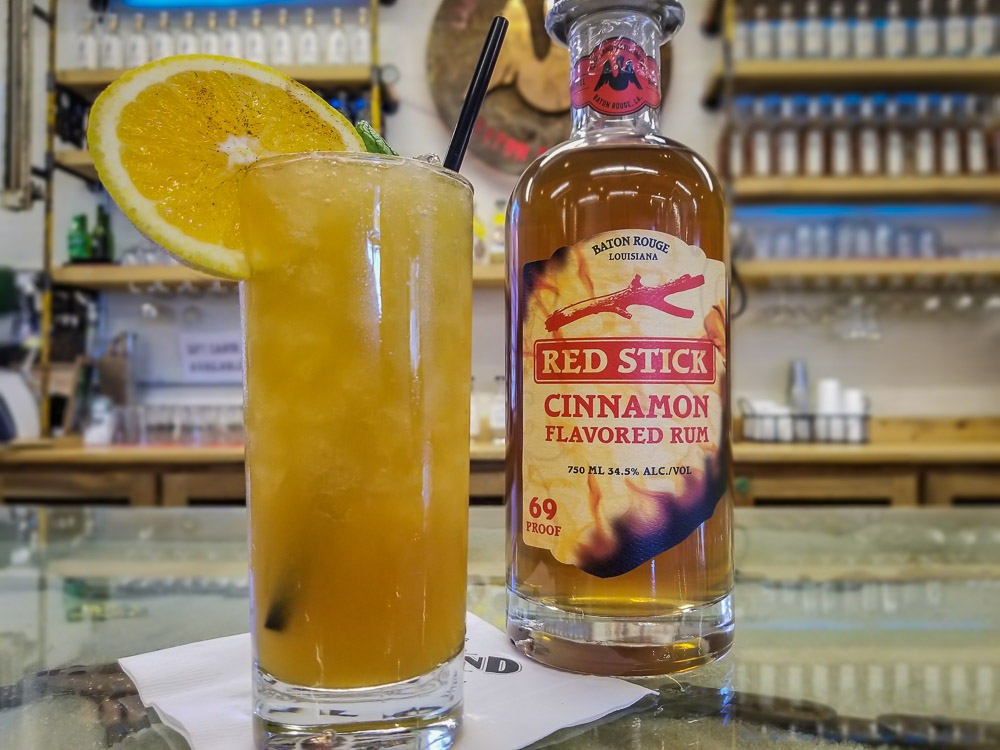
I’d once heard Louisiana described as the northernmost part of the Caribbean, and nowhere is that more evident than when sipping Cane Land’s selection of five distinct rums. Cane Land’s white, dark and spiced rums are easy to drink straight or mix in your favorite cocktail, but what really sets Cane Land apart is their signature rhum agricole (they are one of only three producers of this in the US), a spirit distilled from pure cane juice rather than molasses. Rhum agricole is smooth, grassy and slightly sweet and is the perfect base for a mojito. Cane Land also pays homage to its home city with Red Stick, a spicy cinnamon rum that would be great for holiday cocktails
All in all, this trip gave new meaning to the phrase “from farm to table.” If you’re looking to take your history tour full circle while you’re in Louisiana, a trip from the heart of Plantation Country to its present-day food and dining scene in Baton Rouge is a must.
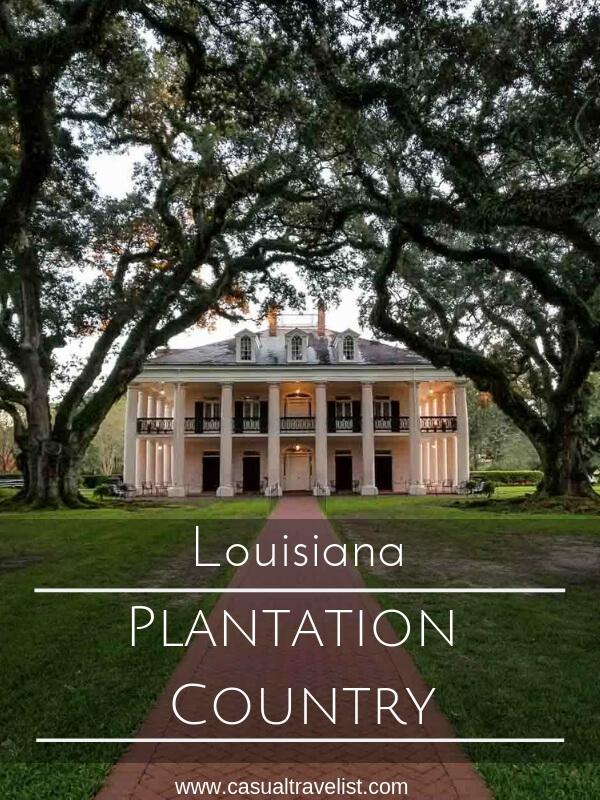

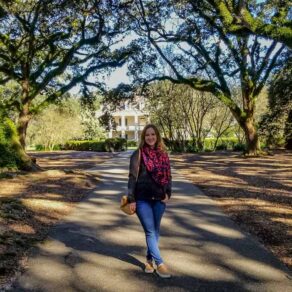
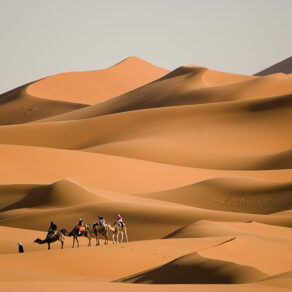

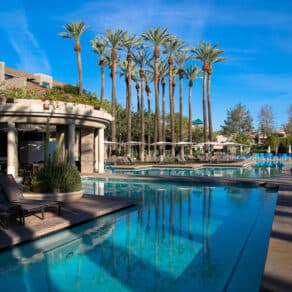

Cynthia | What A Girl Eats says
i went to Oak Alley many years ago and remember it to be very lovely. It’s nice to see that they’re painting an accurate portrait of what it was like in antebellum South. I did not know they had cottages to stay in…that sounds lovely.
Andi says
I have yet to visit any plantations in the South yet. Not purposely avoiding it, just didn’t have the opportunity when I was RVing. I like the idea of repurposing this older homes into something meaningful like the home for darn good cane sugar products. It looks like a place that I would enjoy immensely!
Jenna says
I’ve never traveled in the South but I’d love to experience this. And the trees in the South always give the images such an intriguing, romantic look!